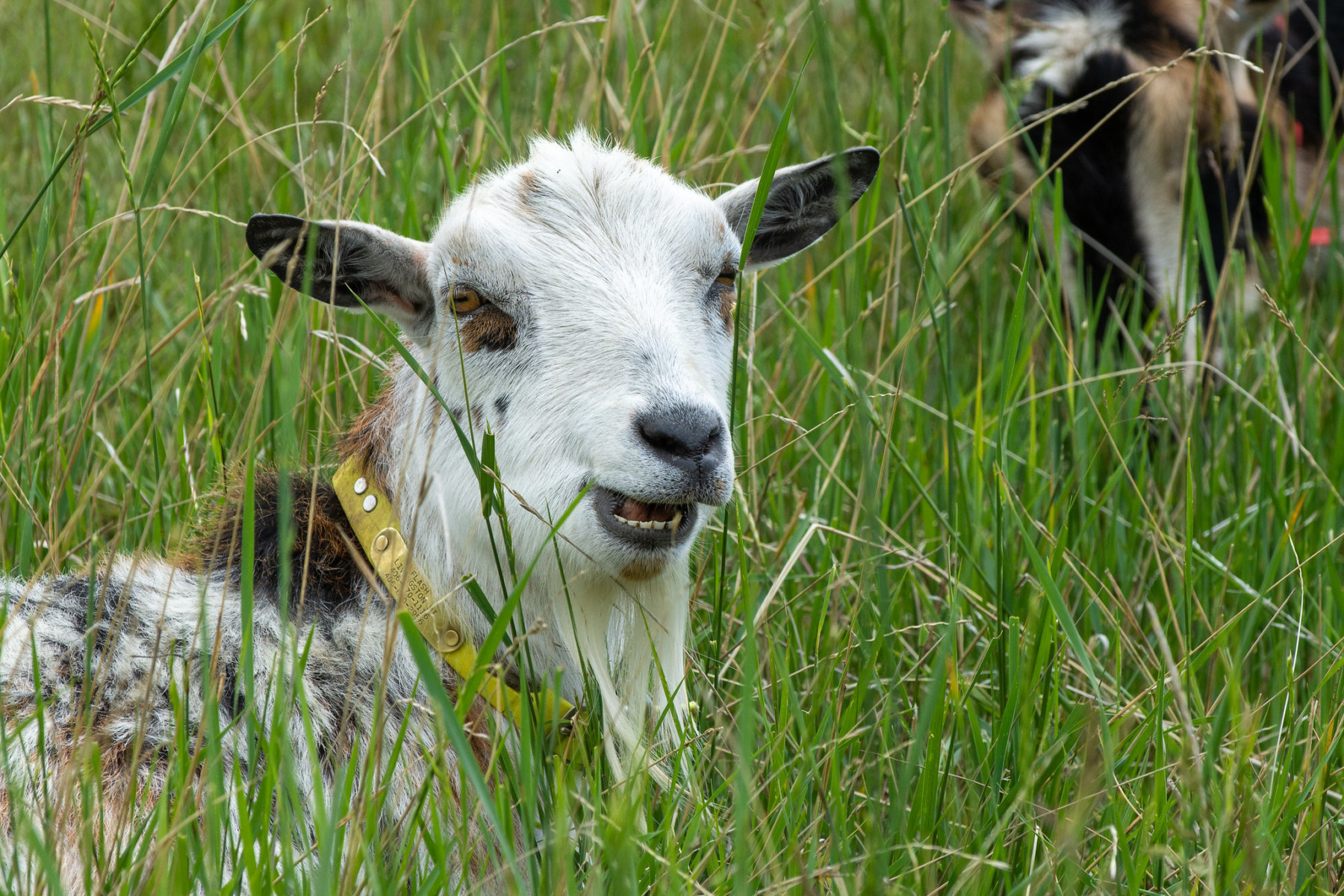Uncategorized
-
(Repost) Thistles can reduce forage yield and delay spring transition of warm season grasses. Thistles can produce large amounts of seed, sometimes up to 4,000 seed per plant. For growers trying to manage the seed bank, please implement control strategies before flowering. Several different thistles are found in pastures, which can include Bull thistle (Carduss…
Posted in: Uncategorized -
We are excited to announce the 2024 Alfalfa in the South Workshop and Field Day at the UGA Tifton Better Grazing Program on May 7, 2024. This is a one day field day/workshop with targeted in-depth discussion focused on the utilization of Alfalfa in Southern environments. Led by Dr. Jennifer Tucker (UGA) and Dr. Kim…
Posted in: Uncategorized -
Dr. Jennifer Tucker Attend any forage focused Extension program and you will assuredly discuss the importance of soil fertility, forage quality, having a forage plan, and utilizing proper seeding and planting practices. Each of these are key fundamentals to efficient and effective forage management and utilization and should not be overlooked in this article. A…
Posted in: Uncategorized -
Posted in: Uncategorized
-
Written by: Shanna Reynolds, Oglethorpe County ANR Agent Feed costs typically determine profitability on a cattle farm, so it’s no surprise farmers continue to be innovative with feeding strategies. In the southeast, livestock producers can take advantage of long growing seasons and generally abundant rainfall. But even here, meeting feed requirements during the winter represents…
Posted in: Uncategorized -

With feed being the highest cost in livestock production, farmers use pasture as a natural way to meet the nutritional needs of their animals. Animals allow agriculturalists to utilize land that may be unsuitable for traditional cropping in a way that benefits the property itself. Cattle, sheep, horses, or goats can use grass to produce…
Posted in: Uncategorized -
The prolonged cold weather during the Christmas holiday has a lot of producers asking, “Are my winter annuals going to regrow?” Unfortunately, there isn’t a clear answer that we can offer to this question. Many cool season forages can handle subfreezing temps for short periods and the degree of damage depends on air temperature, soil…
Posted in: Uncategorized -
WHEN IS THE BEST TIME TO PUT N ON FESCUE? July 2019– Progressive Forage Grower Magazine Article Dennis Hancock, PhD. | Professor and Extension Forage Agronomist, Univ. of Georgia Every spring, there is a chorus of calls and emails “when is the best time to put nitrogen (N) on tall fescue?” The answer that I…
-
By Dr. Bill Anderson, Research Geneticist, USDA-ARS When I started as perennial forage grass breeder for ARS sixteen years ago, the primary goal was to develop a cold-tolerant seeded bermudagrass since Tifton 85 seemed to satisfy the sprigged market. The battle was to develop a seeded forage that had high biomass but also high seed production. …
Posted in: Bermudagrass, bermudagrass stem maggot, Grazing, Hay, insects, Uncategorized, Warm Season Perrenials -
Will Hudson, Lisa Baxter and Dennis Hancock We’ve had a number of calls from growers and agents in the last week or so concerned that they should be spraying for BSM. Even in south GA, the flies are just now starting to show up. You may be able to find some damaged stems, but most…
Posted in: Uncategorized